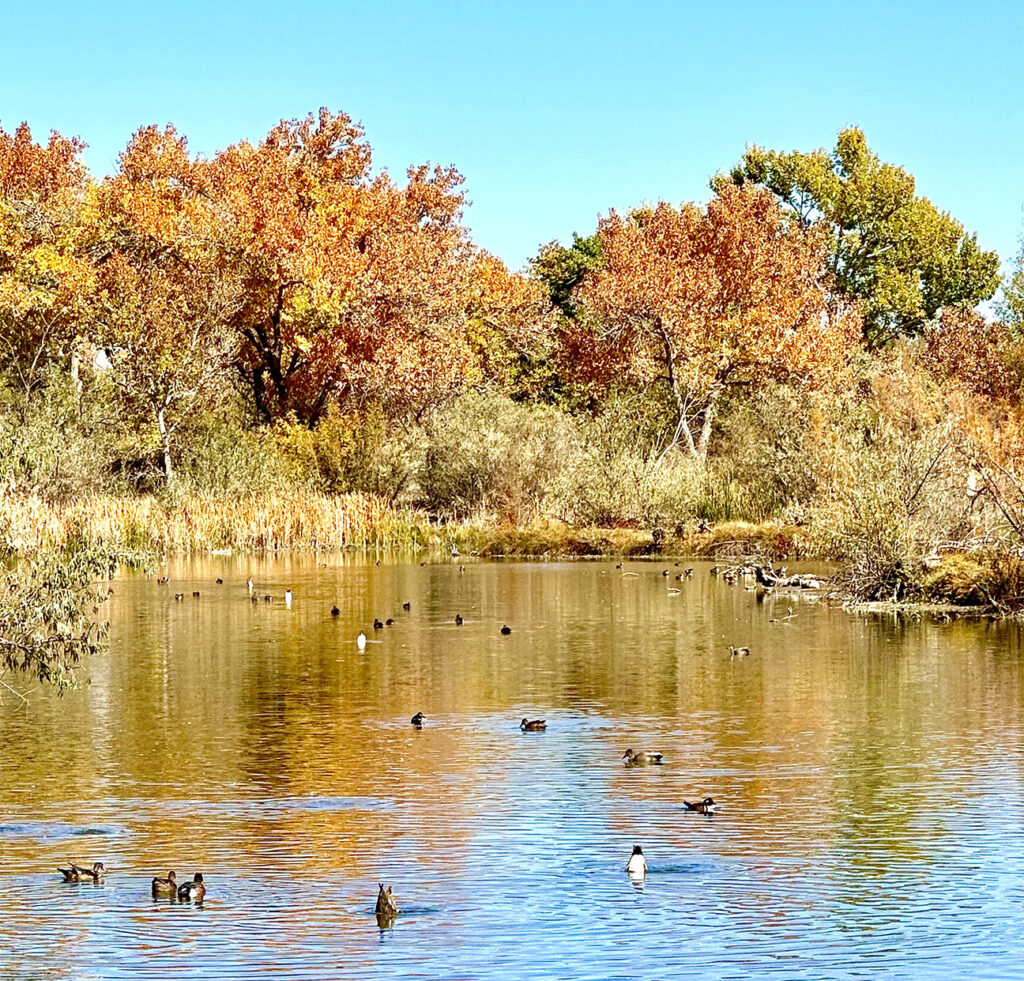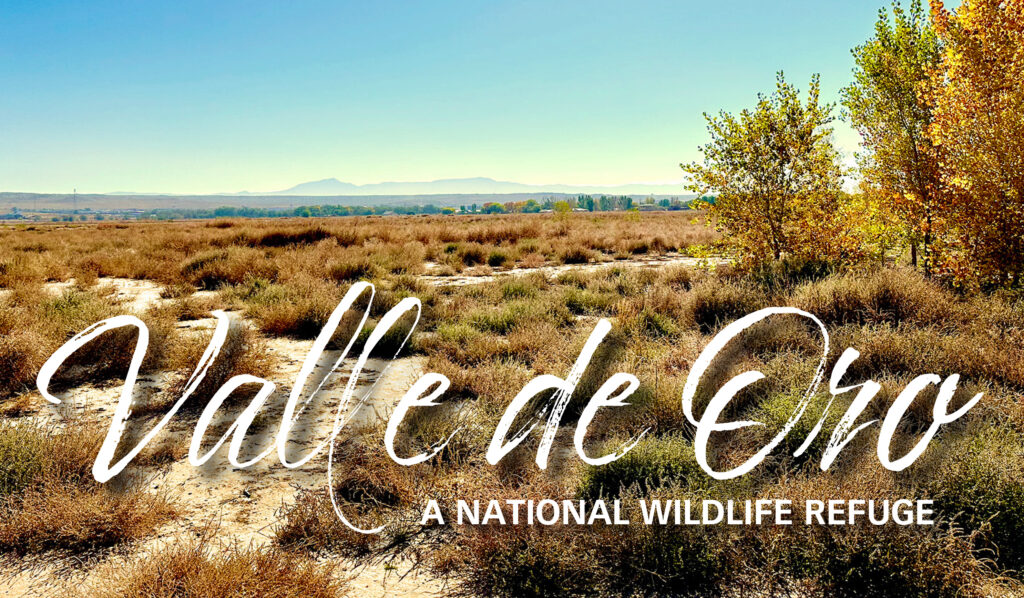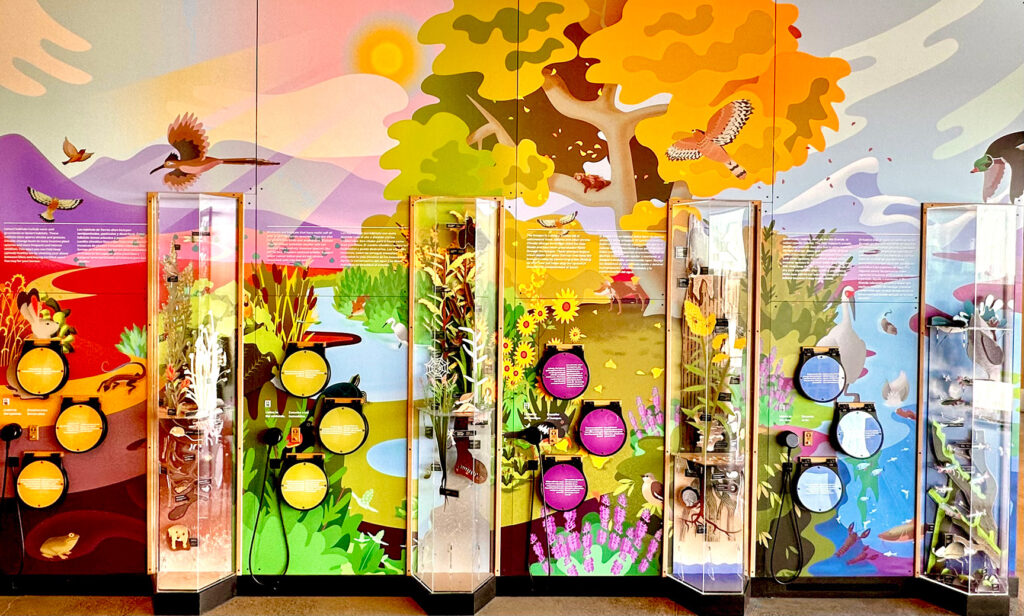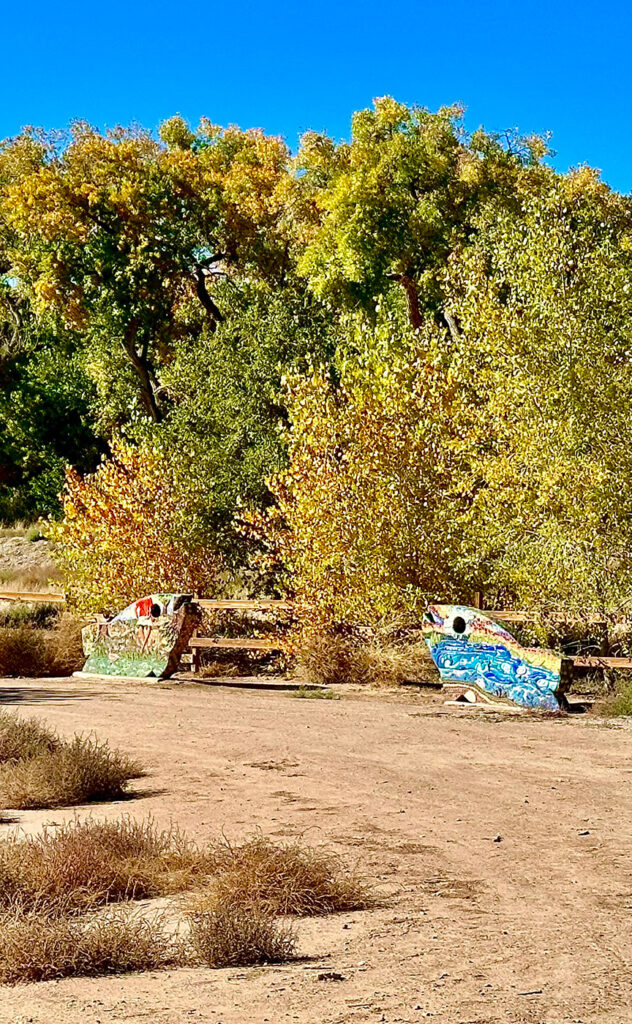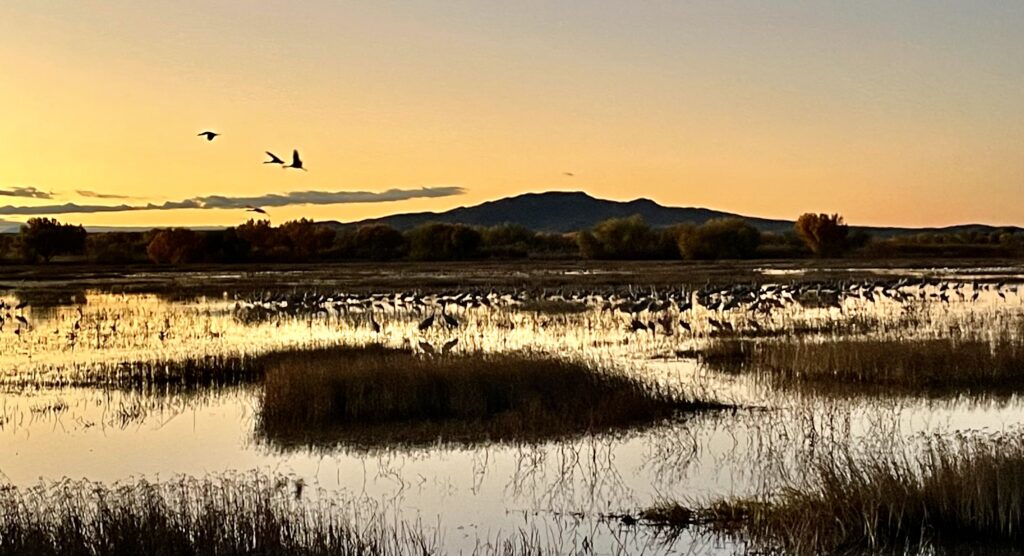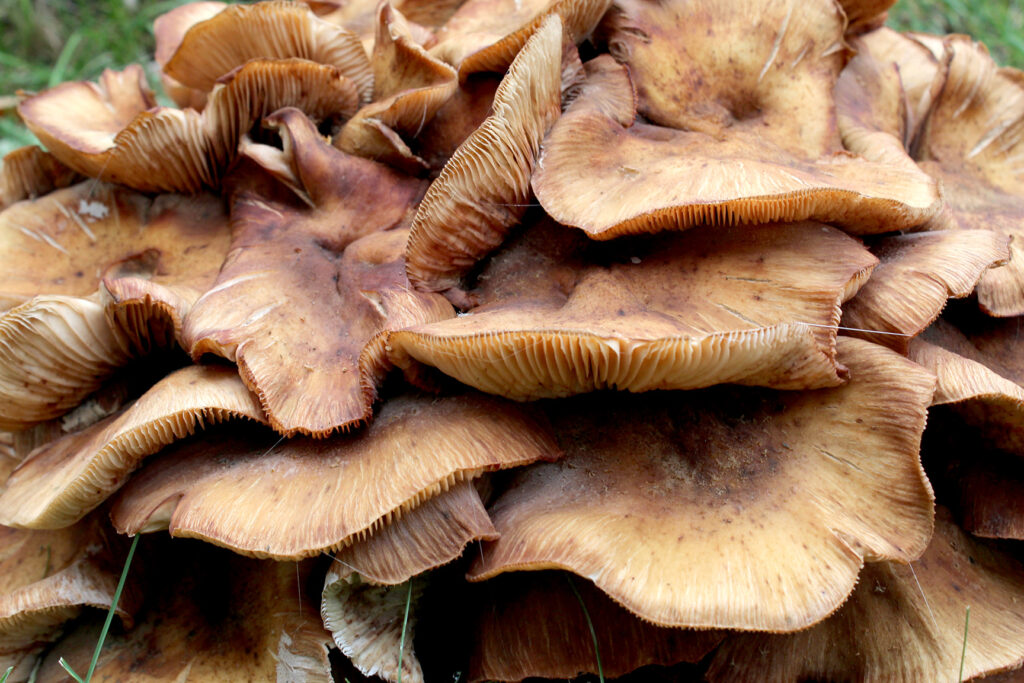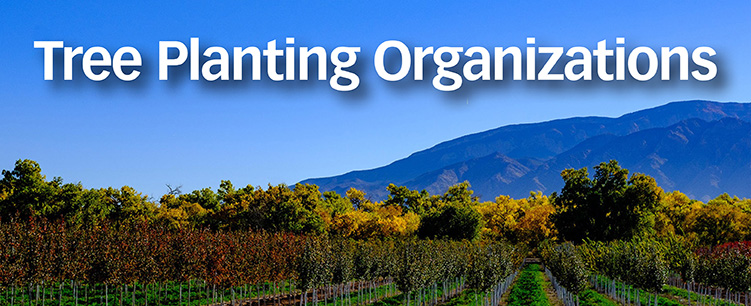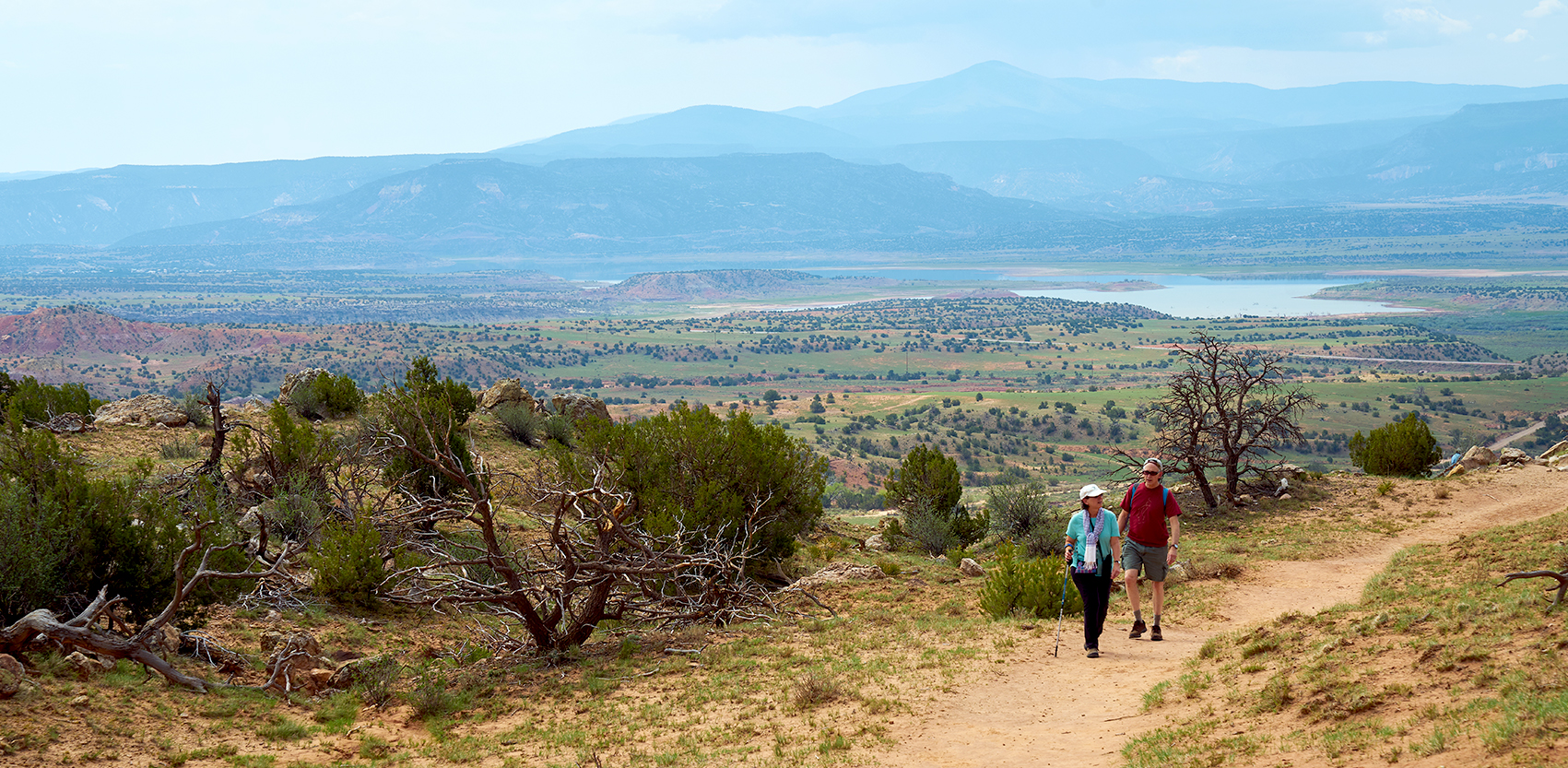
This is the last issue of the mid Rio Grande Times. Our articles have focused mainly on living sustainably, participating in earth justice, and confronting harmful policies which affect all life in this mid Rio Grande watershed. Take a look at the index for any articles you may have missed and want to read. They will no longer be found on the internet. However, you may obtain a pdf copy of the 34 issues by contacting Ken Gingerich at KenGingerichDesign@gmail.com. Available in January.
As we lay down this monthly, we’d like to guide you to a couple sites critical to our environment and water issues. Check in with 350.org Climate Action for their monthly seminars, Middle Rio Grande Water Advocates for their political analysis of water issues, and Bernalillo County Open Space Urban Agriculture for some local educational events at various sites. Full funding for the 23 positions vacant in the Office of State Engineer and Interstate Stream Commission are critical if New Mexico is to move forward on the Water Security Act. The legislative session starts in January and the Governor and members of the House Appropriations and Senate Finance Committes need to hear from us. “Think Water: Act Now.”
Thank you for taking this three-year journey with us. Enjoy these photos of our watershed.
And thank you for all the work you have done:
Deb.S., Adrienne J., Edna L., Lesley K., Donna D. Anita A., M.J. Z., George M., Esther J., Kathy C., Roger H., Nancy H., Lali M., Sam C., David P., Anne S., Joran V., Amy O., Jeanne E., Josh S., Mary D., Marian G., Mike H., Maria G. Signing off: Sue B., Ken G.

